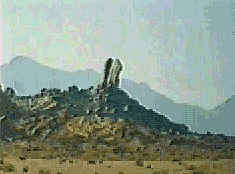
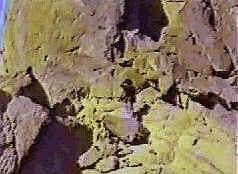
According to Scripture (Galatians 4:25 - "Now Hagar stands for Mt. Sinai in Arabia"), Mt. Sinai should be in Saudi Arabia, in the territory of the Midianites, not on what we call today, the Sinai peninsula. Indeed, after tracing the route of the Exodus from Egypt and discovering the Red Sea crossing site through the Gulf of Aqaba, the route to the real Mt. Sinai should be easier to find. And indeed, Jebel El Lawz, the Mountain of the Law, was rediscovered.
On the route to Mt. Sinai, the Israelites became very thirsty. God instructed Moses to strike a large rock at Horeb and water would pour forth (Exodus 17:5, 6). Moses struck the rock. God split the rock and water in copious amounts poured forth, enough to water the 1+ million plus people and their animals. Below is a picture of that rock and some of the erosion as the water forcefully poured out from it. Note the person standing at the base of the rock in the right hand picture. Water poured forth from both sides of it and the water channels formed extend for a fair distance into the valleys on both sides.


The Bible says the children of Israel encamped "in" the mountain. Mt. Sinai has an area which is like the caldera of an extinct volcano, with an opening on one side. Thus the Israelites actually moved into the caldera, and camped inside the mountain. Following are some pictures of the Saudi fence and guard house that were placed around the peak area of the mountain, in the same location as where God told Moses to build a fence so that the Israelites could not break through.
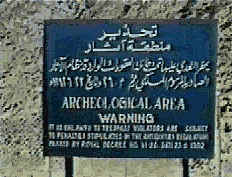
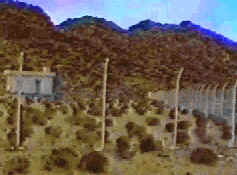
A view looking down from the mountain showing where the fence Moses would have built would have been located. The fence above is in the same location. Next is several photos of the mountain.
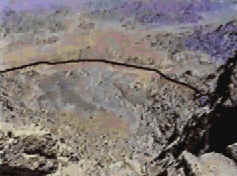
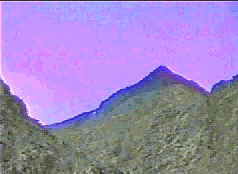
Note the blackened peak where the burning presence of the Lord settled down. The rocks looked as if they had been torched. The darkened areas are not shadows from clouds or other peaks. To the right is a photo of the altar at Rephadim (Exodus 17:15, 16) built to commemorate the victory over the Amalekites. Moses called it, "The LORD is my banner". A closeup of the rocks show that the altar was built of unhewn rocks as commanded by God.
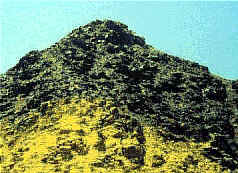
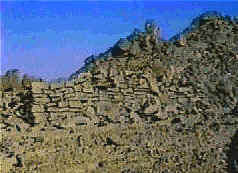
Following is a photographs of one of twelve Egyptian style petroglyphs of bulls on the altar around which the Israelites worshipped the golden calf. It was when Moses came down the mountain, and saw the Israelites dancing around this idolatrous calf, that he threw down the tablets of stone, containing the covenant or contract between God and His people.
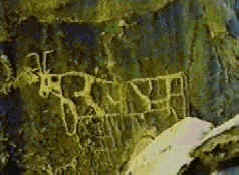
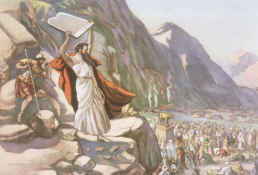
For many more marvelous photographs and video shots, we strongly encourage you to order the CD-ROM "Ark of the Covenant and other Discoveries" or the Surprising Discoveries video, Part II. BiblePlus does not sell or offer either of these, but encourages you to order them via the source listed on the Discoveries page.
| More pictures and text |
Photos copyrighted by MindVision
Interactive Pty Ltd., Adelaide, South Australia and Jonathan Gray.
Moses artwork from Review and Herald Publishing Co.
Back to the Discoveries page - Back to Compilation List - BiblePlus Home Page